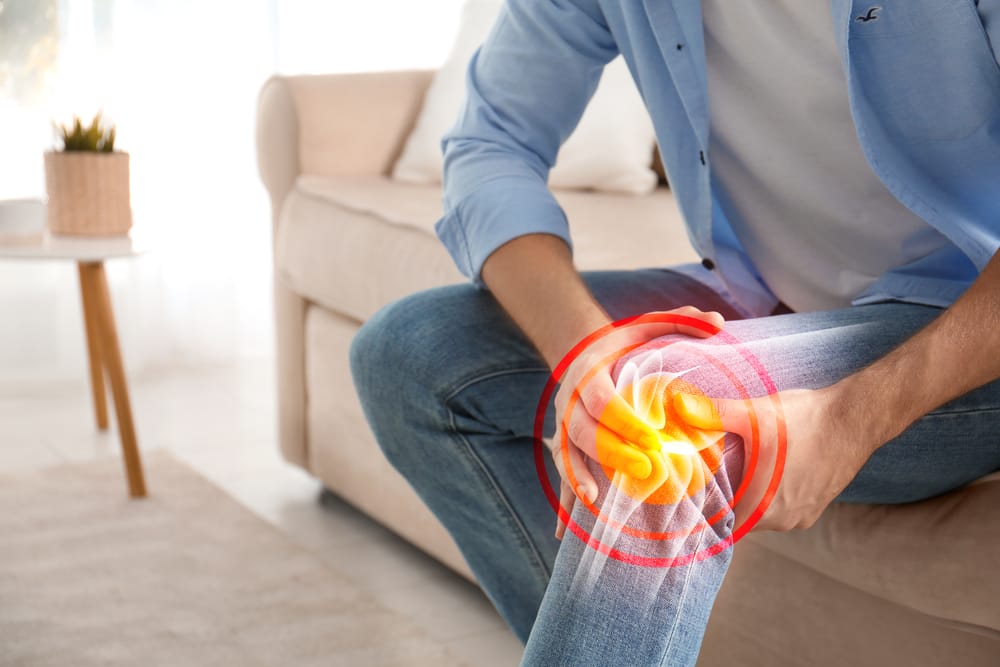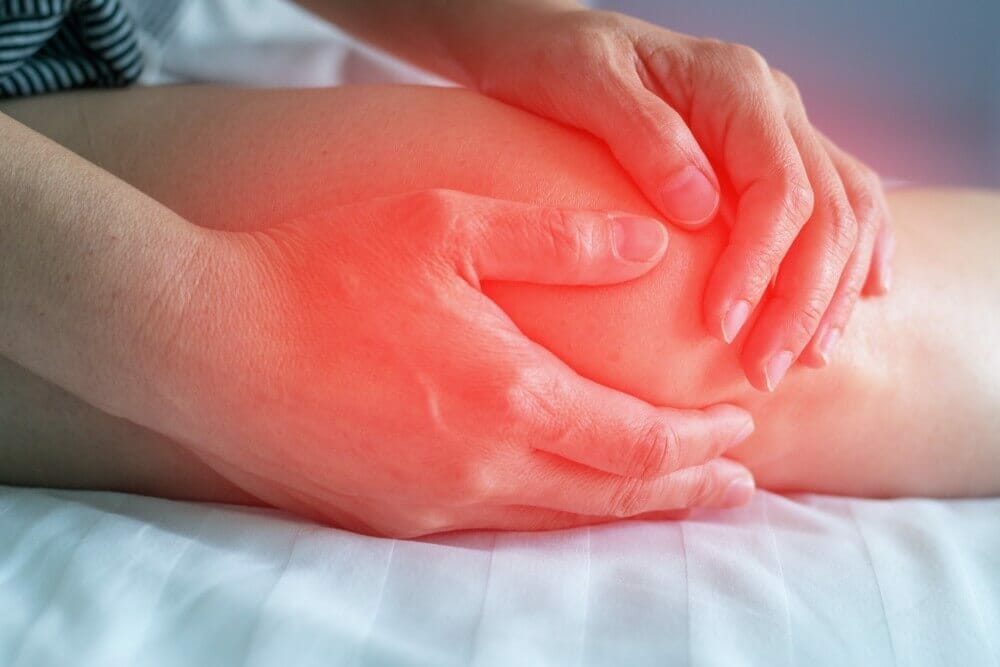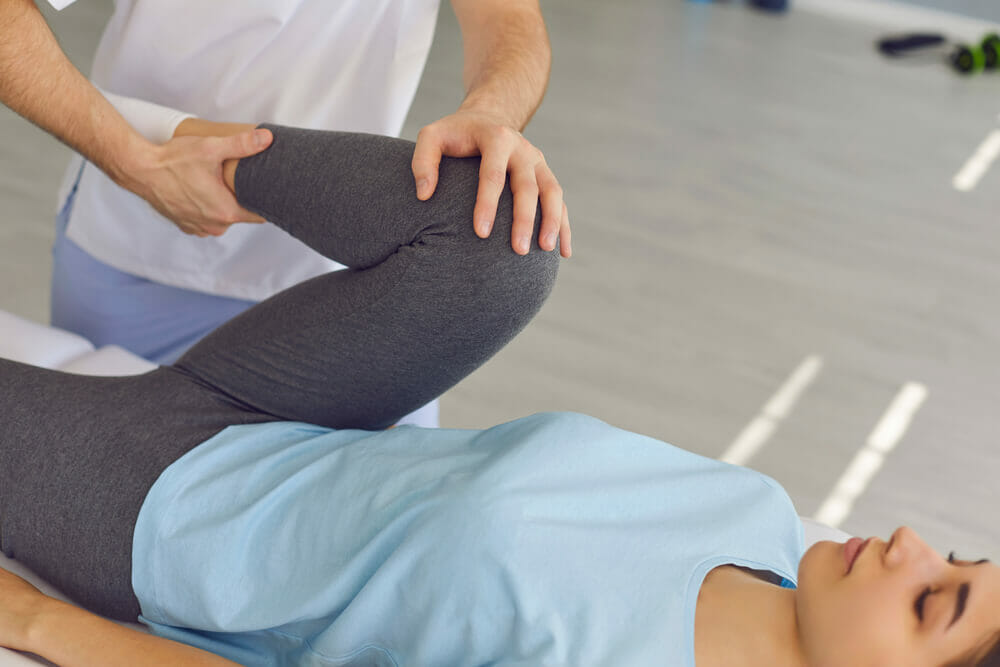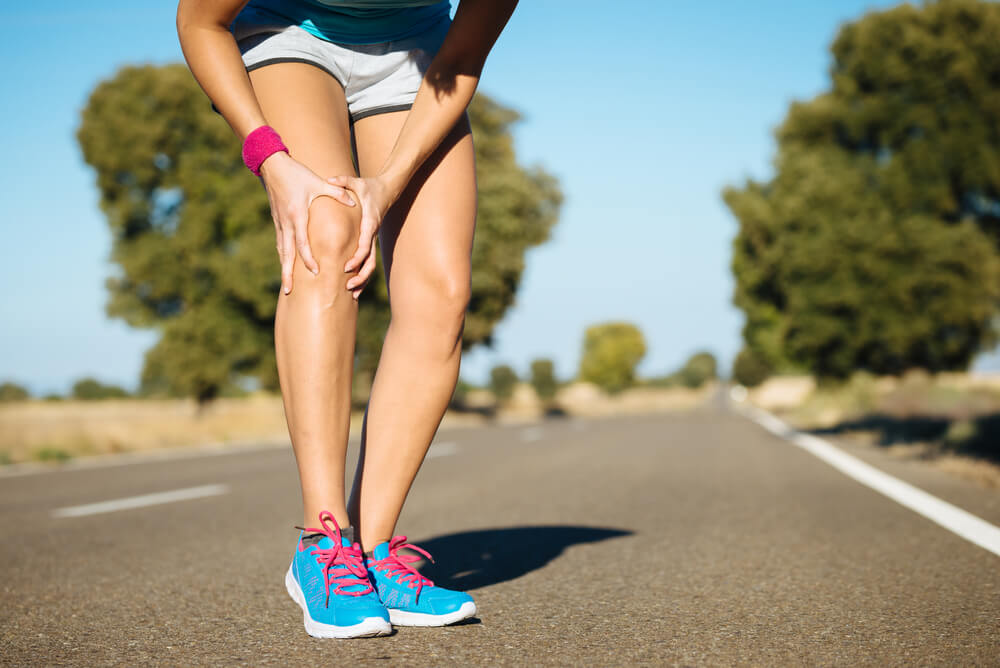
When you’re enjoying your workout regime and are on your way to meeting all your fitness goals, an injury can stop you in your tracks. While workout injuries can be extremely frustrating, it’s important that you listen to your body and allow the injury to recover rather than pushing through, to avoid causing additional damage and pain.
Take a look at these common workout injuries and how to avoid them, as well as some pointers on recovering after an injury.
Shoulder Injuries
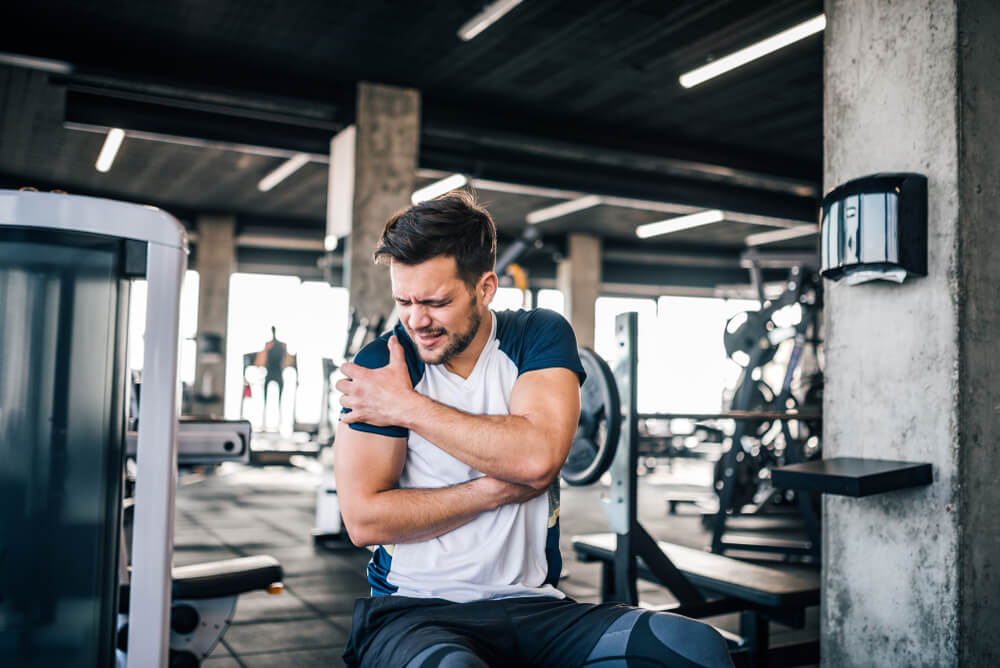
Shoulder injuries are one of the most common injuries experienced by athletes or fitness fanatics. The rotator cuff supports and stabilises the shoulder joint, but over time and with the repetitive motion you may experience rotator cuff strain.
What does it feel like?
Rotator cuff pain ranges from a dull, aching sensation to sharp pain in the shoulder when performing certain movements, such as reaching overhead or sleeping on that side.
Prevention:
Overhead movements such as military presses can increase the chance of injury to your rotator cuff (particularly when increasing load too quickly), so it’s essential you use proper form when exercising, especially when lifting weights above your head. Perfect your form with lower weights before adding to the load.
To prevent rotator cuff injuries, avoid increasing the weight on repetitive overhead movements too quickly. Give yourself time to condition to the load you want to work with. Ensuring you maintain good position can also help avoid shoulder pain. Incorporate shoulder strengthening exercises into your regime to make sure your rotator cuff muscles are in good shape.
Knee Injuries
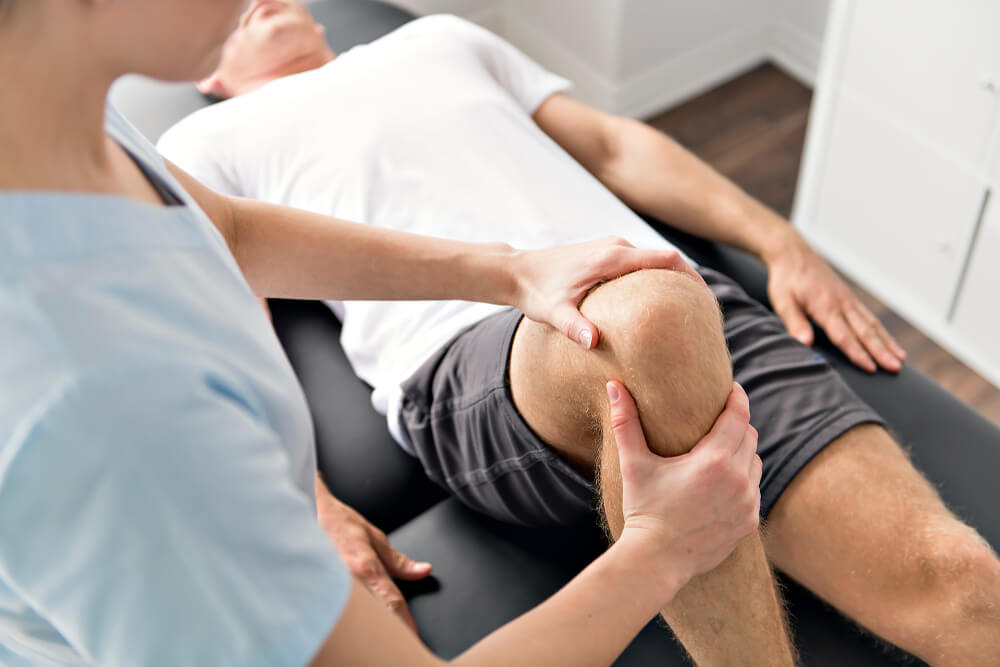
Knee pain is often caused by an overuse injury. If you experience discomfort or pain around the knee, it could be patellofemoral syndrome, or “runner’s knee.”
What does it feel like?
As well as pain around the kneecap, you may hear a creaking or grating sound coming from the knee. It often gets worse with activity.
Prevention:
Muscle imbalance can lead to injury to the knee, so work on strengthening all the surrounding muscles in the leg including the quads, hamstrings and hips. The ankle is also important.
Focus on keeping the knees in correct alignment when performing weight lifting exercises. Poor form, especially when related to exercises with added weights, can cause injury to the knee. Make sure you maintain good alignment and avoid overly heavyweights and overuse through too many repetitions.
Runner’s knee is more common in people that frequently run on hilly routes, so swap your running route for a flatter course until you get stronger or your control and alignment improve.
Lower Back Injuries
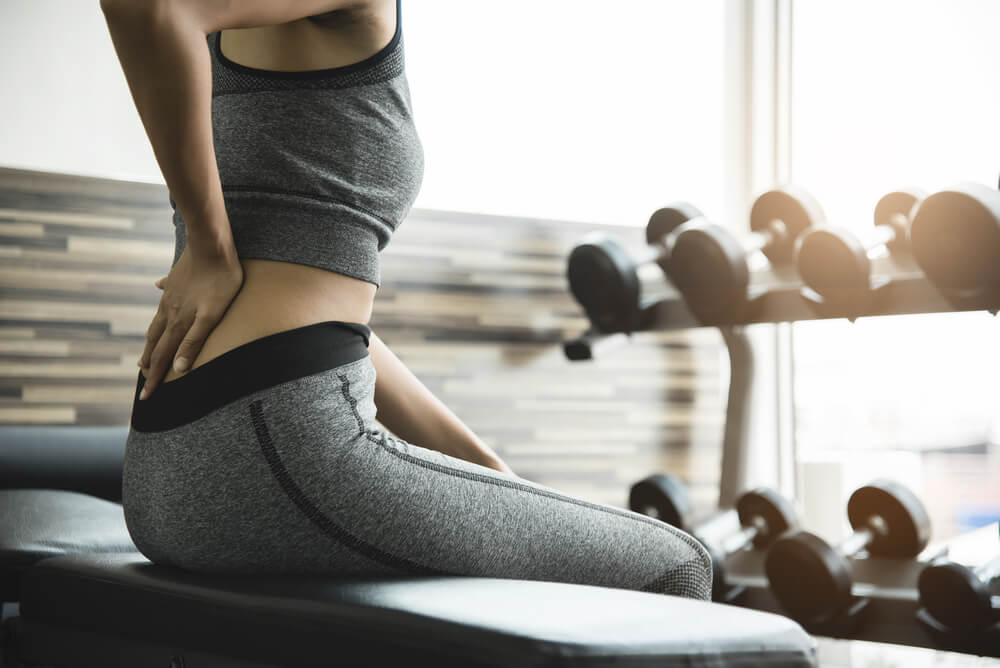
Low back pain during exercise can stem from muscle strain and muscle tension developing around the spine.
What does it feel like?
Potentially a lower back injury or strain will cause a sudden twinge in your back, a dull ache or a pulling sensation.
Prevention:
Often lower back injuries result from lifting weights that are too heavy, or from muscle fatigue following lifting weights beyond your limit. Deadlifts and squats are often the culprits of strain on the lower back, so make sure you add weights gradually and have good form. If you’re not sure about your form, get an experienced eye to take a look. In addition, repetitive twisting or sideways bends can put a strain on your back, particularly if extra weight is applied. You should maintain a neutral spine when you lift, and this doesn’t always mean ‘as straight and upright as you can be’.
Focus on building up the midsection and hip strength, this will assist in protecting your back during your workout.
Shin Splints
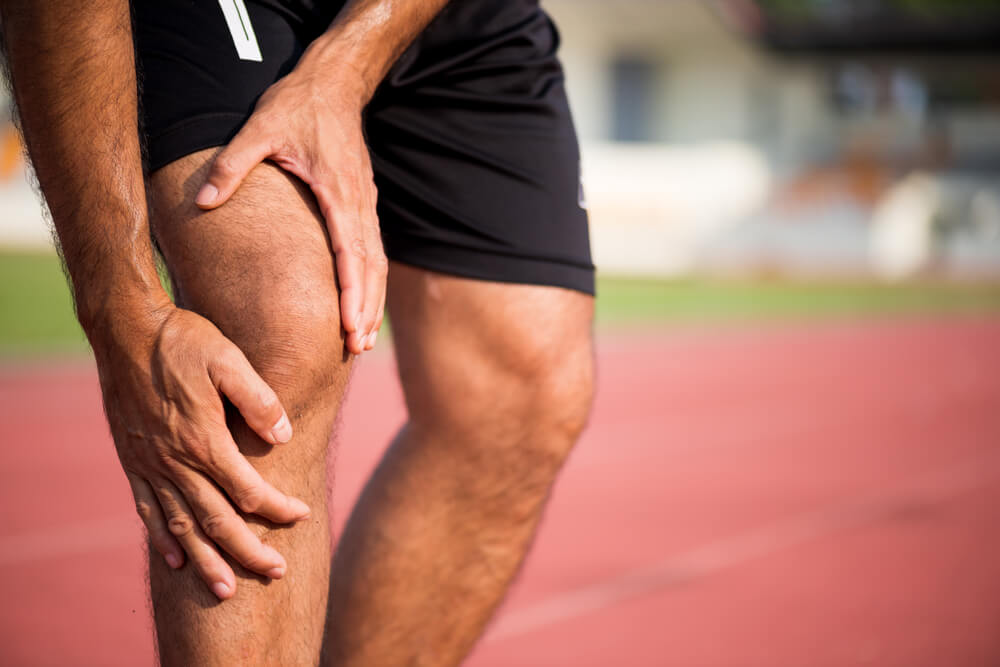
Medial tibial stress syndrome (otherwise known as “shin splints”) is particularly common in runners, or athletes that do a lot of jumping and running.
What does it feel like?
Pain radiates along the shinbone, especially during or following a workout or run. You may experience tenderness and mild swelling in the lower leg.
Prevention:
You’re more likely to suffer from shin splints if you have recently increased the intensity of your training, so it’s best to gradually increase the frequency and duration of your workouts.
Make sure you always wear proper shoes that are in good condition. Running in old shoes is like driving with old tyres, it creates abnormal stress on your body. Running on hills or hard surfaces such as concrete can exacerbate your shin splints, so consider switching your route for a more forgiving surface, such as grass. You should always complete an adequate warm-up before your training session to prep your legs and avoid injury.
Iliotibial Band Syndrome
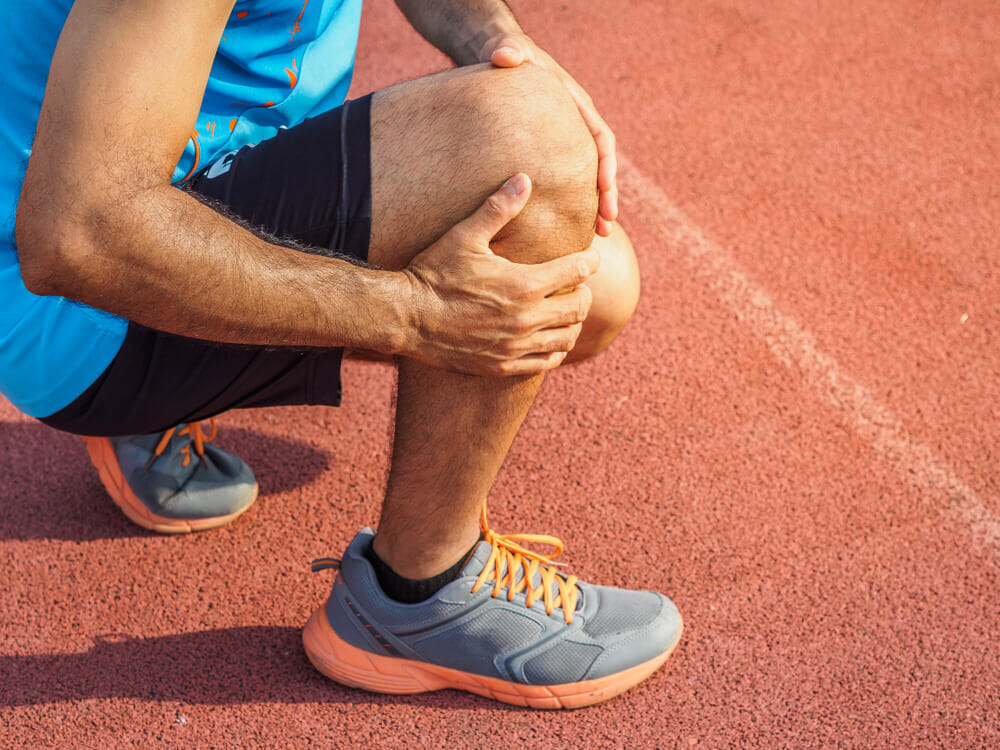
The IT band of ligaments run along the outside of the leg, from knee to hip. If these ligaments become inflamed, it leads to iliotibial band syndrome.
What does it feel like?
You may experience pain on the outside of the knee or near the hip. The pain is often felt as an aching or burning feeling, and may only be present when exercising.
Prevention:
Iliotibial band syndrome is more common in people that run or cycle frequently. Make sure you gradually build up the duration and intensity of your workouts.
Avoid running on uneven surfaces, and ensure you always wear proper footwear that is in good condition. Cyclists should ensure their bike seat is in a good position (not too high or too low) to encourage proper alignment of the hip and leg while pedalling.
Sports Physiotherapy For Injury Recovery
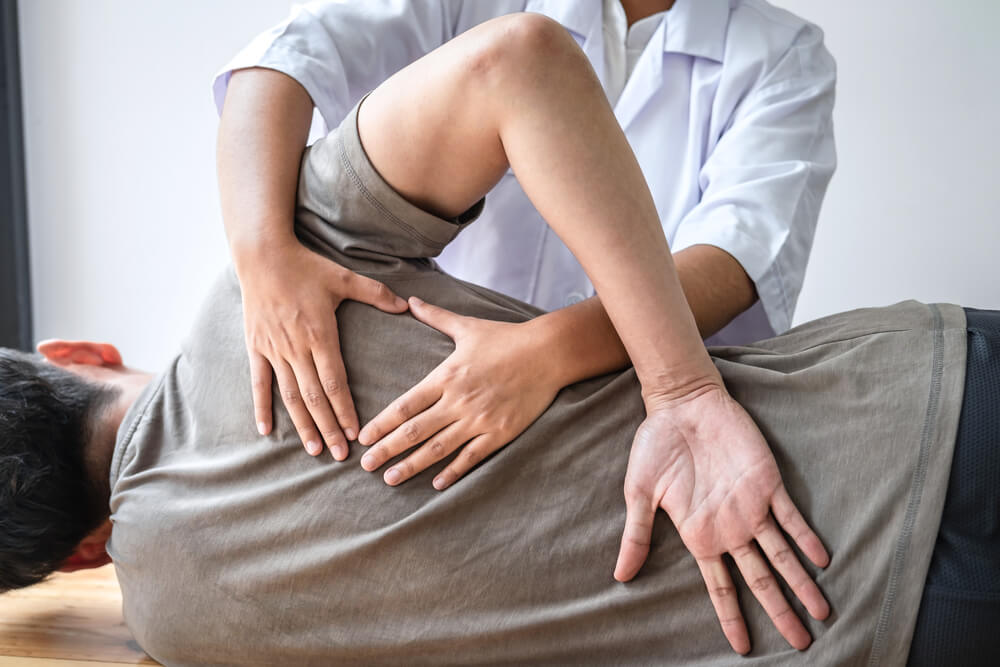
While it’s possible to prevent some injury by using good form, listening to your body and strengthening all of your muscles (rather than single muscle groups), an injury does still happen. It can be very frustrating when injury strikes – but it’s important to take it easy and allow yourself time to recover.
Sports physio will be able to help you on your road to recovery by treating the injury, strengthening your muscles and joints, increasing your flexibility and giving advice for avoiding further injury in the future.
Our friendly and highly experienced team at Integrity Physio Como will be able to help you recover from your sports injury, and get you safely back into the training you love in no time.

